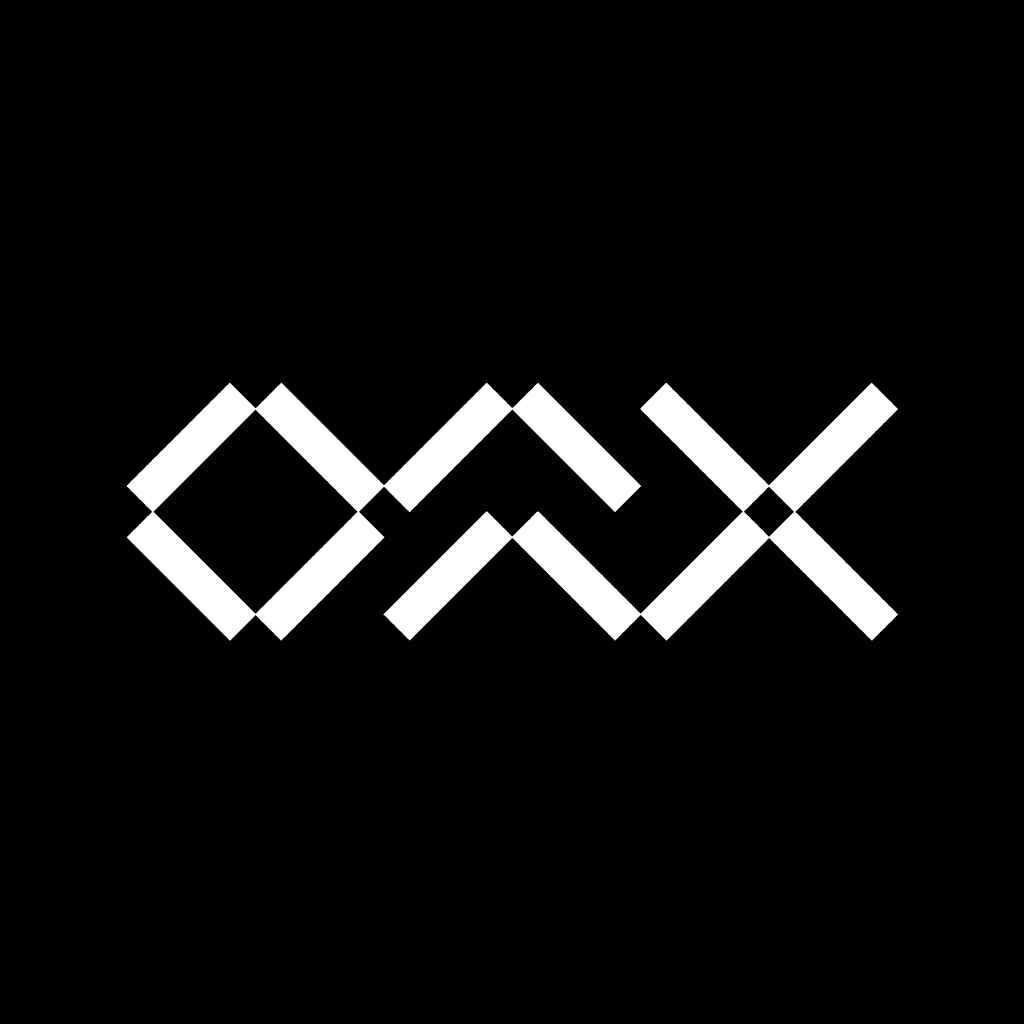Bridging the Gap Between
AI Models and AI Accelerators
The OAAX Value
Interoperability
A standardized framework that enables seamless integration of AI models with various XPUs, ensuring interoperability across different hardware platforms.
Flexibility
Offering flexibility in model deployment by supporting a wide range of XPU hardware and providing tools for easy adaptation to different hardware architectures, allowing users to choose the best hardware for their specific application needs.
Scalability
With its open standard approach, OAAX offers scalability for edge AI solutions, enabling seamless scaling of applications across different devices and environments while maintaining consistency and performance.
About OAAX
The journey of OAAX began with the recognition that there was a growing complexity in deploying AI models to edge devices, where traditional approaches often struggled to fully leverage the capabilities of specialized hardware accelerators.
As the demand for edge AI solutions surged, developers faced challenges in adapting models to different XPUs, leading to fragmentation and inefficiencies in the deployment process.

In response to these challenges, a collaborative effort emerged to develop OAAX as an open standard that would simplify the integration of AI models with XPUs, regardless of the underlying hardware architecture.
Drawing upon expertise from academia, industry, and the open-source community, OAAX evolved from a vision into a tangible framework aimed at democratizing access to edge AI technology.
The OAAX Standard
The OAAX Standard is a set of guidelines, specifications, and tools aimed at simplifying the development and deployment of artificial intelligence (AI) applications on edge devices equipped with specialized hardware accelerators.
At its core, the OAAX Standard facilitates seamless interoperability between AI models and diverse XPU architectures, ensuring optimal performance and efficiency in edge computing environments.

Core Components
The OAAX Standard consist of
2 core technical components
Model Conversion Toolchains
OAAX provides standardized tools, such as Docker containers, for converting AI models from generic formats (e.g., ONNX) to XPU-specific formats.
This simplifies the process of adapting models to different XPUs, eliminating the need for developers to learn XPU-specific conversion techniques.
Runtime Integration
The OAAX Standard defines a common interface for integrating XPU runtimes into AI applications.
By providing a shared library with standardized functions, OAAX enables developers to seamlessly switch between different XPUs without the need for extensive code modifications.
Additional Tools and Operations
Specification Guidelines
OAAX offers guidelines and best practices for XPU manufacturers to ensure compatibility with the standard — this includes reference implementations, recommendations for runtime behavior, memory management, and support for various model architectures and operators.
Community Collaboration
OAAX fosters collaboration among developers, XPU manufacturers, and other stakeholders through open-source contributions, forums, and focus groups.
By engaging with the community, OAAX evolves to address emerging challenges and requirements in edge AI development.
Overall, the OAAX Standard aims to accelerate the adoption of edge AI technology by providing a unified framework for model deployment, across diverse hardware platforms.
Who can use OAAX ?
XPU Manufacturers
Companies that design and manufacture hardware accelerators (XPUs) for edge AI applications. These members contribute expertise in XPU architecture, optimization techniques, and integration with the OAX standard.
Software Developers
Developers and organizations involved in AI software development, including AI frameworks, libraries, and tools. These members contribute to the development of the OAAX toolchain, runtime, and related software components.
Research Institutions
Academic and research institutions involved in AI and machine learning research. These members contribute insights, expertise, and research findings to advance the OAAX standard and its applications.
Industry Partners
Companies and organizations across various industries, including automotive, healthcare, manufacturing, and IoT, interested in leveraging edge AI for their applications. These members provide use cases, requirements, and feedback to shape the development of OAAX.
Standards Bodies and Regulatory Agencies
Organizations involved in standardization efforts and regulatory frameworks related to AI and edge computing. These members provide guidance on compliance, interoperability, and regulatory requirements for OAAX adoption.
Open Source Community
Contributors and enthusiasts from the open-source community who collaborate on developing, testing, and refining the OAAX standard and associated tools.

